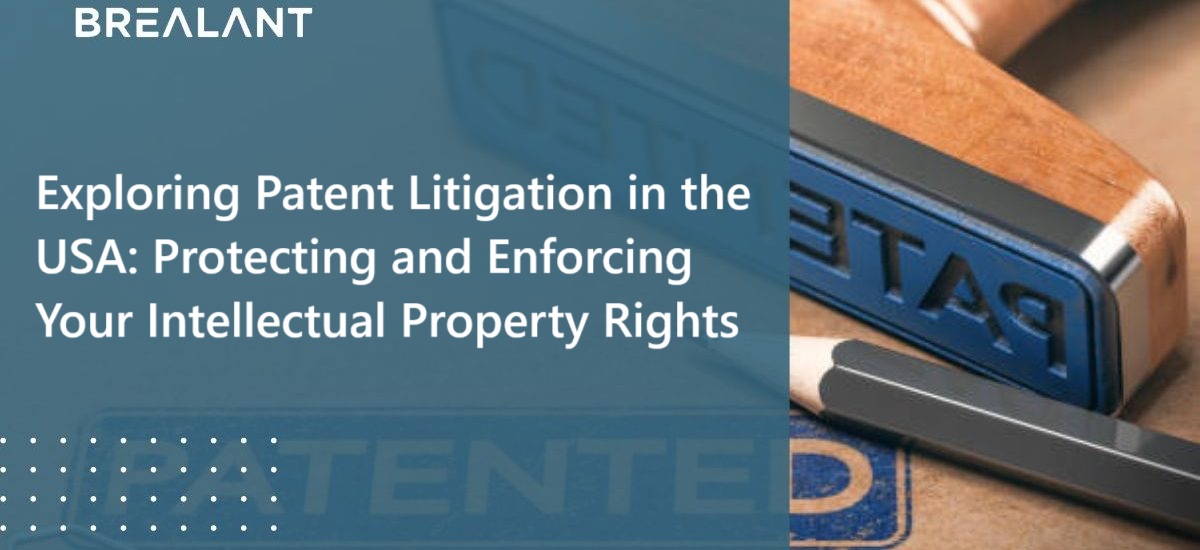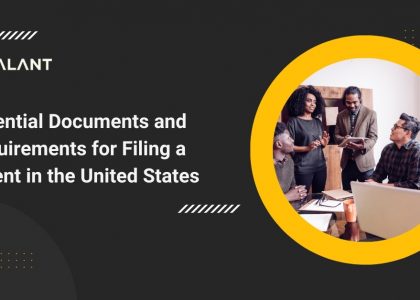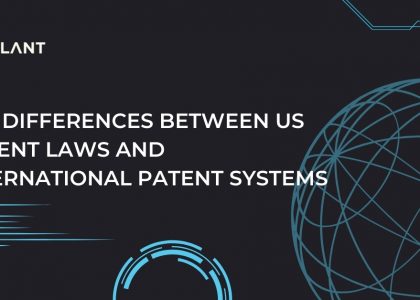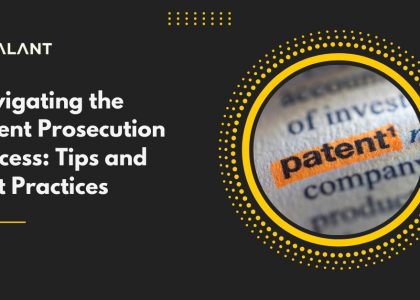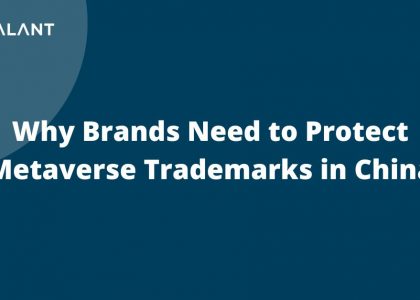Intellectual property (IP) is a valuable asset for businesses, individuals, and innovators alike. Among the various forms of IP protection, patents play a crucial role in safeguarding innovations and inventions. However, simply obtaining a patent is not enough; enforcing your rights through patent litigation in the USA is often necessary to protect your intellectual property from infringement.
In this blog, we will explore the nuances of patent litigation in the United States, how to protect your intellectual property rights, and what to expect during the process.
The Need for Patent Litigation
Getting a patent is just the first step to protecting your intellectual property rights. However, it does not guarantee respect from others. Patent infringement is a common threat where someone uses, makes, or sells the patented invention without permission. In such cases, patent litigation is often the only solution to enforce your rights.
The Basics of Patent Litigation
Patent litigation is a complex and often protracted legal process. It typically follows a similar structure:
- Initiation: The patent holder, known as the plaintiff, files a lawsuit against the alleged infringer, the defendant. The plaintiff must demonstrate that they hold a valid patent and that the defendant is infringing upon it.
- Discovery: This is the fact-finding stage of the litigation. Both parties gather evidence, interview witnesses, and exchange information relevant to the case.
- Claim Construction: One of the crucial phases in patent litigation is claim construction, where the court interprets the language and scope of the patent claims. The outcome of this phase significantly influences the case’s overall direction.
- Trial: If the case proceeds to trial, both parties present their arguments and evidence before the judge or jury. The decision is then made, determining whether infringement has occurred.
- Appeals: After a trial, either party can appeal the decision. The appeals process can be lengthy and can take several years to resolve.
- Remedies: If infringement is proven, the court will decide on remedies, which may include damages and injunctive relief to stop the infringing activities.
Challenges in Patent Litigation
Patent litigation in the USA can be a daunting and expensive process. Several challenges and complexities make it necessary to have a strong legal team to navigate the legal landscape effectively. Here are some of the major challenges involved:
- Complexity: Patent law is highly complex and technical. To succeed in patent litigation, you need attorneys with a deep understanding of both the legal and technical aspects of your invention.
- Cost: Patent litigation can be expensive. Legal fees, expert witness costs, and other expenses can add up quickly. It’s essential to be financially prepared for the long and potentially costly legal battle.
- Time-Consuming: Patent litigation is often a lengthy process that can take several years to resolve. This can be a significant drain on resources and a source of stress for patent holders.
- Uncertainty: Outcomes in patent litigation can be uncertain. It is challenging to predict how a judge or jury will rule, and the appeals process can introduce further uncertainty.
- Defensive Tactics: Defendants often employ various defensive tactics, such as challenging the validity of the patent or arguing that their product does not infringe. These strategies can complicate the litigation process.
Alternative Dispute Resolution
Mediation and arbitration provide patent holders and alleged infringers with a more efficient and cost-effective means of resolving disputes. Mediation involves a neutral third party who helps the parties reach a mutually acceptable settlement. Arbitration, on the other hand, is a more formal process where an arbitrator makes a binding decision after hearing the evidence and arguments from both sides. These methods can be faster and less expensive than traditional litigation, offering a viable alternative to those seeking to resolve patent disputes.
Key Considerations for Patent Holders
If you find yourself in a position where patent litigation is necessary to protect your intellectual property rights, there are several key considerations to keep in mind:
- Choose Your Battles: Not all instances of infringement warrant litigation. It’s crucial to evaluate the strength of your case and the potential costs and benefits before proceeding.
- Build a Strong Legal Team: Having experienced patent attorneys who understand the nuances of patent law and litigation is essential for a successful outcome.
- Document Everything: Comprehensive record-keeping is critical. Ensure you document your invention’s development, the patent application process, and any instances of infringement.
- Consider Alternative Dispute Resolution: Mediation or arbitration can be more cost-effective and less time-consuming than full-blown litigation. Explore these options when appropriate.
- Enforce Your Rights: If you believe someone is infringing on your patent, take prompt action. Delaying enforcement can weaken your case.
- Regularly Review Your Patent Portfolio: Continuously assess and update your patent portfolio to ensure it aligns with your business goals and competitive landscape.
Conclusion
A strong patent portfolio and legal representation increase the chances of success in litigation. Alternative dispute resolution can offer efficient ways to protect your intellectual property. Brealant helps safeguard innovation through effective patent protection and enforcement.


